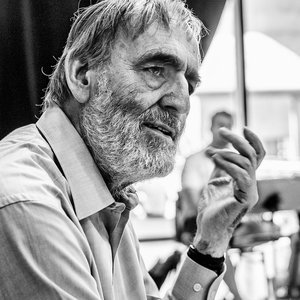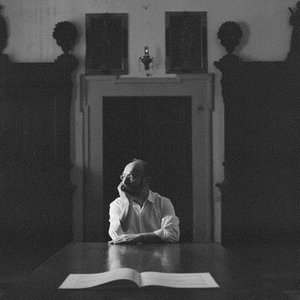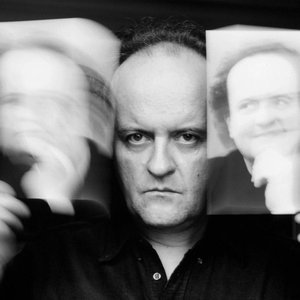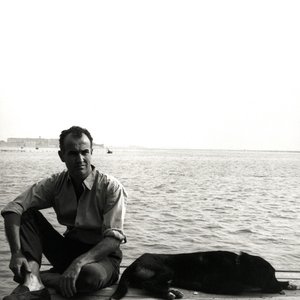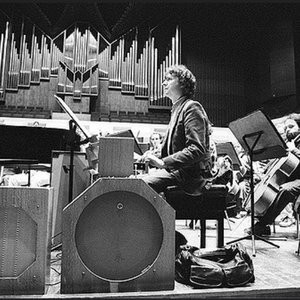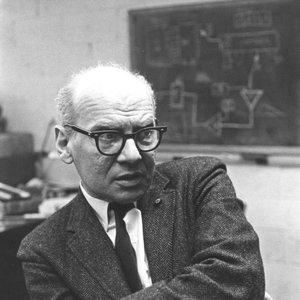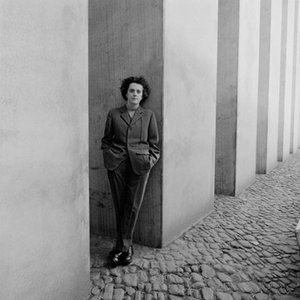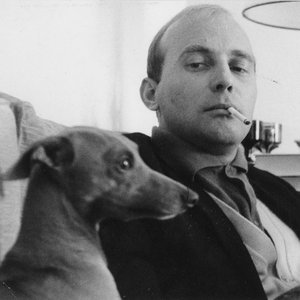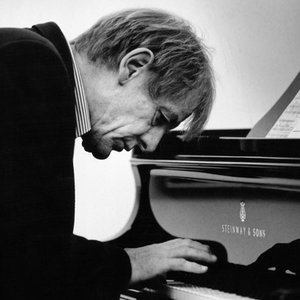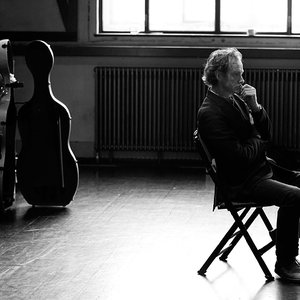Biography
-
Born
17 June 1946
-
Born In
Belfort, Territoire de Belfort, Bourgogne-Franche-Comté, France
-
Died
11 November 1998 (aged 52)
Gérard Grisey (born 1946; died November 11, 1998) was a French composer of contemporary music.
After initial training in Germany at the Trossingen Conservatory (1963–5), he studied with Olivier Messiaen at the Paris Conservatoire (1965–7, 1968–72) and with Henri Dutilleux at the École Normale (1968), inheriting from both teachers a sensitivity to sound, harmony and orchestration. He later undertook further studies in electro-acoustics (with Jean-Étienne Marie, 1969), composition (with Iannis Xenakis and Ligeti at the Darmstadt summer courses, 1972) and acoustics (with Emile Leipp at the Faculté des Sciences, 1974). During a residency at the Villa Medici, Rome (1972–4), he struck up a friendship with Tristan Murail, with whom, along with Michaël Lévinas, he founded the ensemble L'Itinéraire in 1973. He was an influential teacher: his wide musical sympathies – which embraced not only oriental and African music and the avant-garde but also figures often considered marginal to 20th-century modernism, such as Janáček and Sibelius – encouraged a stylistic diversity among younger pupils, who included Eric Tanguy and Magnus Lindberg. He taught at the Darmstadt summer courses (1976–82) and later held teaching posts at the University of California, Berkeley (1982–6), and the Paris Conservatoire (1987–98), where he was professor of orchestration and later of composition. He died suddenly of an aneurism at the age of 52.
Grisey's musical voice was one of the most distinctive and influential to emerge in France after Boulez. In his first mature works, dating from the early 1970s, he turned away from serialism towards techniques based on the exploration of the acoustic properties of sound and the nature of human perception. This tendency became known as musique spectrale (see Spectral music) and was a dominant feature of French music from the 1980s onwards. His first major essay in the technique was Dérives (1973–4) for two orchestral groups, in which a recurring harmonic spectrum on E♭ serves as a focus of stability and consonance, against which other transformations are gauged. Encouraged by the possibilities of this new non-tonal use of consonance, he set about exploiting it further in a vast cycle, Les éspaces acoustiques, which occupied him for 11 years (1974–85) and lasts over an hour and a half in performance: the forces of the component pieces range from the solo viola of the opening Prologue (1976) to the large orchestra of Transitoires (1980) and the concluding Epilogue (1985), and each save the last can be played separately or along with any adjacent work in the cycle (the ending of the first piece, for instance, forms the beginning of the second). The entire cycle is based on a pattern of inhalation–exhalation–rest. The moments of rest are marked by regular, periodic patterns and a part of a harmonic spectrum on E (41.2 Hz); the inhalations develop these repetitive figures, pushing them into a state of maximum disorder and instability; the exhalations proceed from the resulting disorder back to a new state of rest on E. Especially characteristic is the blurring of the distinction between harmony and timbre to which Grisey gave the name ‘instrumental synthesis’. The low E in the trombone at the opening of Partiels (1975) is followed by a chord which imitates the timbre of the trombone, modeled after a sonogram analysis of its sound. Long stretches of the same work employ harmonic transformations that simulate with purely instrumental forces the electro-acoustic technique of ring-modulation.
Among the major pieces from the 1970s that lie outside the Éspaces acoustiques project, Sortie vers la lumière du jour and its sibling Jour, contre-jour, both for ensemble and electronics, are limited studies in harmony and timbre, which gradually drift around a central, harmonic spectrum. Tempus ex machina (1979) for six percussion explores streams of superimposed pulses and tempos, again within tightly controlled processes of transformation. The piece draws its title from a treatise on which Grisey worked throughout the decade (Grisey, 1986). It investigates the psychological and phenomenological properties of time, pulse and sound, incorporating a detailed examination of accelerating and decelerating patterns and their perceptual significance, and proved highly influential on Tristan Murail and other, younger composers.
While Grisey remained faithful to his precept that ‘music is made with sounds, not with notes’, a greater openness towards elements of unpredictability and volatility effected a substantial change of style after 1986. Talea (1986) abandons the rigorous linear processes of his earlier work, replacing them with a more abrupt, discontinuous musical rhetoric in which the form is less easily apprehended. Le temps et l'écume (1988–9) for large orchestra explores the dialectic of continuity and discontinuity: three states of time – extremely slow, extremely compressed and ‘normal’ – are superimposed and contrasted, the transitions between them ranging from the imperceptibly smooth to the dramatically abrupt. His very last works were all on a much larger scale than anything he had previously composed. The chamber piece Vortex temporum (1994–6) continued his preoccupations with stratifying different kinds of musical time, and also exhibits a greater simplicity of harmonic syntax – there are fewer microtones and the spectra are less dense. Both L'icône paradoxale (1992–4) and Quatre chants pour franchir le seuil (1997–8) demonstrated Grisey's increased interest in language and vocal writing. In L'icône, the spectra are derived from the name of Piero della Francesca, whose texts on perspective the piece sets. Quatre chants is a stark meditation on human mortality, using a predominantly bass-heavy ensemble and suggesting fresh harmonic techniques of compression and filtering which Grisey might have explored further had he lived.
Artist descriptions on Last.fm are editable by everyone. Feel free to contribute!
All user-contributed text on this page is available under the Creative Commons Attribution-ShareAlike License; additional terms may apply.

